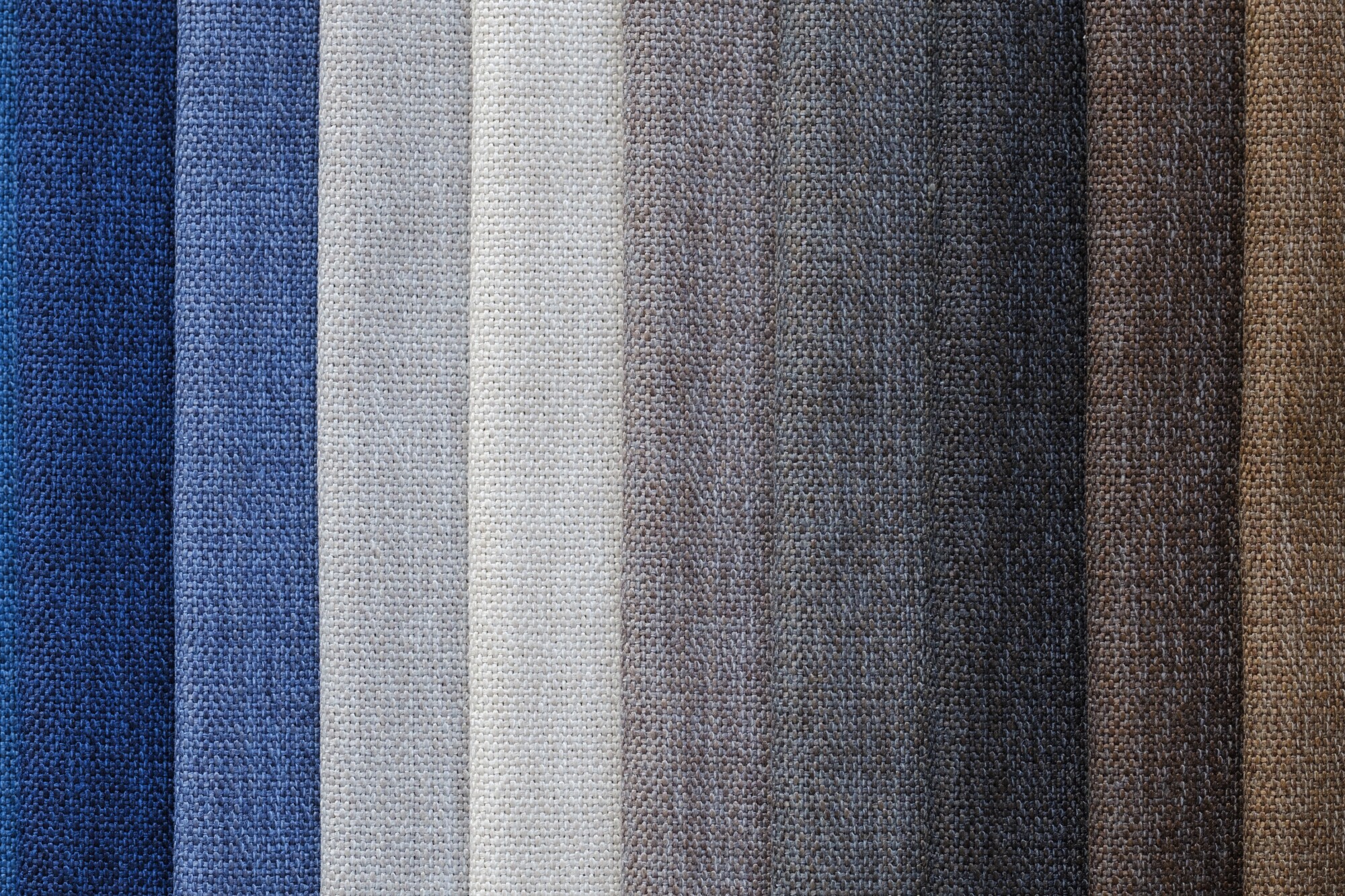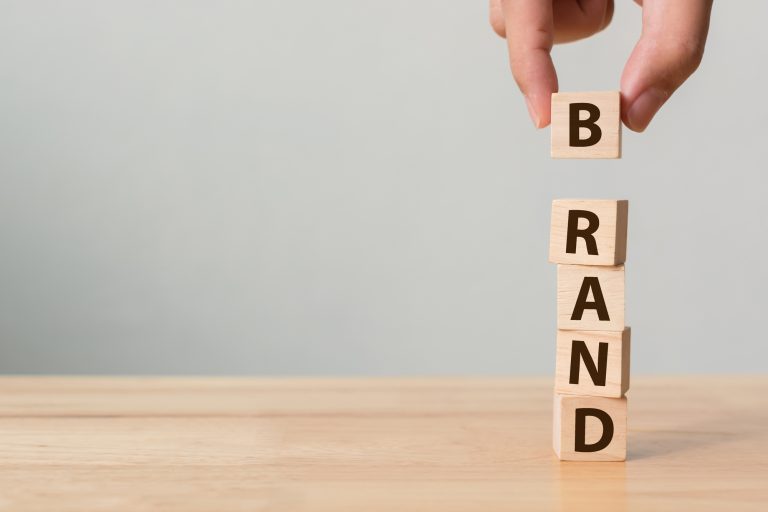The Journey From Cotton to Cotton Fabric, Revealed
A shirt isn’t just a shirt anymore.
Today, at the height of fashion consciousness, a shirt is a lifestyle. It’s an experience. It tells the world who we are. It’s a piece of art that needs to be carefully assembled from the pieces of larger styles and trends, tailored to our own tastes.
A fashion-conscious society can thank cotton for a lot of that. There is no more versatile material in clothing than cotton fabric.
Take a look at how it became the fabric of choice for style, and how you can use it in your wardrobe.
Read along to learn more!
Harvesting
The life cycle of cotton begins on the farm, where cotton seeds are planted and cultivated over the course of many months. As the cotton plants reach maturity, they are harvested before the intense summer heat sets in. Experienced pickers can pick as much as 200 pounds of cotton a day, with up to 900 pounds of cotton in a good year.
After being easily handpicked, the cotton is readily transported to a cotton gin, where the lint and seeds are split. The lint is then pressed and spun into cotton yarns which are then woven into fabric.
Today, much of the harvesting cotton process of fabric from cotton is too modern, resulting in greater efficiency and lower costs. Yet, many organic and small farmers still use hand-picking to preserve quality and ensure sustainable agricultural practices.
Bleaching
It is the procedure of removing color and impurities from cotton clothes. This is usually done to get a white, uniform fabric.
The method for bleaching involves chemical bleaching, though color-fast bleaching can also be used. The most common chemical bleaching agents used are sodium hydroxide and peroxide.
First, exposure to heat and steam aids in the penetration of the bleaching agent. Afterward, the fabric neutralizes agents such as acetic acid to remove any bleach residue.
The process is then repeated if a customer wants a lighter shade. The resulting bleached fabric should be a uniform and immaculate white, without any of its original color or impurities present.
Weaving
It begins with the choice of raw cotton material and using mechanical spinning machines to spin it into thread. The spun threads are then divided into two groups known as the warp and the weft. The warp is lengthwise yarn, and the weft is crosswise yarn.
The threads are then placed onto a loom, a device that helps interlace the warp and weft threads, forming an intricate fabric. When the weaving process is then completed, the fabric is ready for use. This obtained superior quality, soft to the touch, and breathable, making it an ideal fabric for many items of clothing.
Dyeing
It is a process of adding color to the fibers, including cotton, polyester, linen, or any other type of fabric. The process begins with the pre-treatment of the fabric, which involves cleaning, degreasing, and bleaching. The process then moves on to dyeing the cotton yarn, which involves selecting the desired dyes, with inks also sometimes being used for more intense color.
The dyes are then applied to the yarn, followed by a curing process that involves steaming, boiling, or microwaving the fabric. The last stage is setting the color, which ensures that the fabric is colorfast and that the color will stay consistent through any laundry or wear and tear. The end result is the desired dyed fabric, with the desired hue and hue fastness.
Printing
It’s a process that involves inking parts of the fabric with a design or pattern and then transferring that onto the fabric via pressure. First, cotton yarn is handly twisted to create a thread. This thread is then woven together to make the actual fabric.
After that, the fabric is dyed to the desired color and ready to print. Water-based inks can print the desired design onto the fabric using a special roller printer.
High pressure is applied to permanently dye the pattern onto the fabric, depending on the fabric, the design, and the ink. Finally, the fabric is fully dry, leaving the customer with the perfect, printed end product.
Trimming
This process involves hand-cutting threads or loose material from the raw cloth to create the desired pattern or shape of the fabric. This is done with a special tool known as a trimmer, which is a sharp device designed specifically for fabric work. Before trimming begins, the fabric is first measured and marked for cutting, making sure the cuts are precise and follow the needed pattern.
Once done, the loose threads are either trimmed away completely or carefully tucked in to give the fabric its finished shape. By removing the excess material, trimming ensures the fabric’s pattern is uniform and produces a more attractive end product. This is an essential step in the fabric-making process that shouldn’t be overlooked.
Packaging
It starts with a review of the fabric quality by a trained quality inspector. If it meets the requirements, then it is ready to be packaged. This is usually folded and stacked into bundles for 10-25 yards before it is sent to the packaging department.
Once in the packaging department, the fabric is usually rolled onto cardboard and sealed with clear tape. It is then labeled with the fabric material information, yardage, and production number. The bundles are then shrink-wrapped and secured with adhesive bands so they can be easily transported.
The last step is to load the packaged fabric onto pallets for storage or shipping. This ensures that the fabric is not damaged during transport. It also allows for quick inventory and tracking of the fabric.
Delve Into the Journey of Cotton Fabric
The journey from cotton to cotton fabric is fascinating. It is a long process, producing a soft, comfortable, and durable fabric. Seeing so much effort required to make something so simple yet essential to everyday life is inspiring.
Cotton is an excellent choice for anyone looking for comfort and durability in their clothing. So why not buy cotton fabric for your next project and find out what makes it so special?
If you find this helpful and want to read more great content, check out our latest blog posts now!






